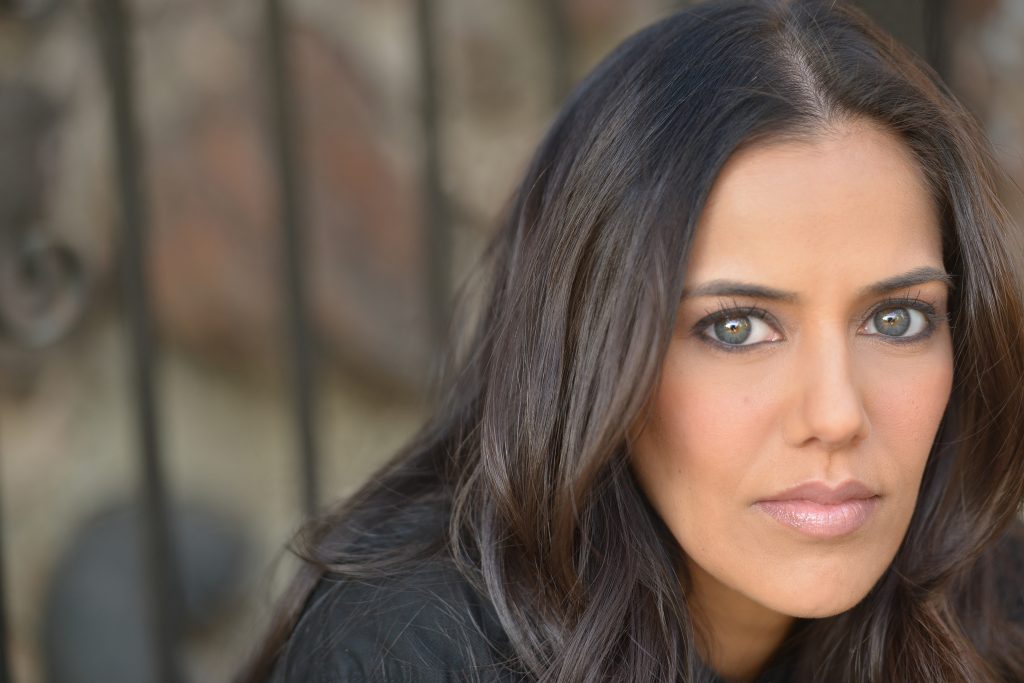
Sheetal Sheth is an acclaimed actress known for her provocative performances in a wide range of memorable roles on film and television. She has starred in more than 19 feature films and many TV shows and has earned a loyal following.
I spoke to Sheth about her first book for children, “Always Anjali.”
Anjali is a little girl with a great big heart. When Anjali gets a bike on her birthday, she and her two best friends are excited to get matching license plates with their names on it. But Anjali can’t find her name. There’s Amy, Betsy, Chris, and many more, but no Anjali. To make matters worse, she gets bullied for her different name, and is so upset she demands to change it. When her parents refuse and she is forced to take matters into her own hands, she learns to celebrate who she is and carry her name with pride.
[Read Related: 4 Ways to Pass on Cultural Traditions to Children: Tips for Parents]
Is the story of “Always Anjali” based on a real-life incident?
The story is based on many real-life incidents that have happened to me, my friends, my friends’ kids, and so many people that I have met over the years.
With your acting background, what made you write a storybook?
Telling stories is what I love to do. I’ve just been doing it through a different medium. But in this case, my purpose crossed disciplines organically. When I was pregnant with my first child, I was dismayed at the lack of representation in kid’s literature. I didn’t see enough children’s books that featured kids of color just living their life. Most of the ones I found were centered around a cultural holiday or an event. I thought we are never going to feel like we are part of the fabric of the mainstream unless we are the heroes of stories where we are doing ‘normal’ things.
What made you pick the name ‘Anjali?’ Why not ‘Sheetal?’ (though both are beautiful names)
Ha! I wasn’t going to use my name! That just didn’t feel right. However, I did go through other names before I selected Anjali. I wanted a classic South Asian name. I wanted a name that started with an ‘A.’ I wanted something melodic with the right meaning… there were many factors and I think Anjali is perfect.
Are you working on other ideas for a future book?
Yes, this is meant to be a series and I have ideas for the next few carved out and a rough draft of the second one. I just need time to write!
What is one inspiring message you would like to share with your readers?
Don’t be afraid of talking to our kids or each other about anything. We can handle anything if discussed with love, grace and respect. Our future depends on it.
You can learn more about Sheth and her amazing projects by visiting her website.




